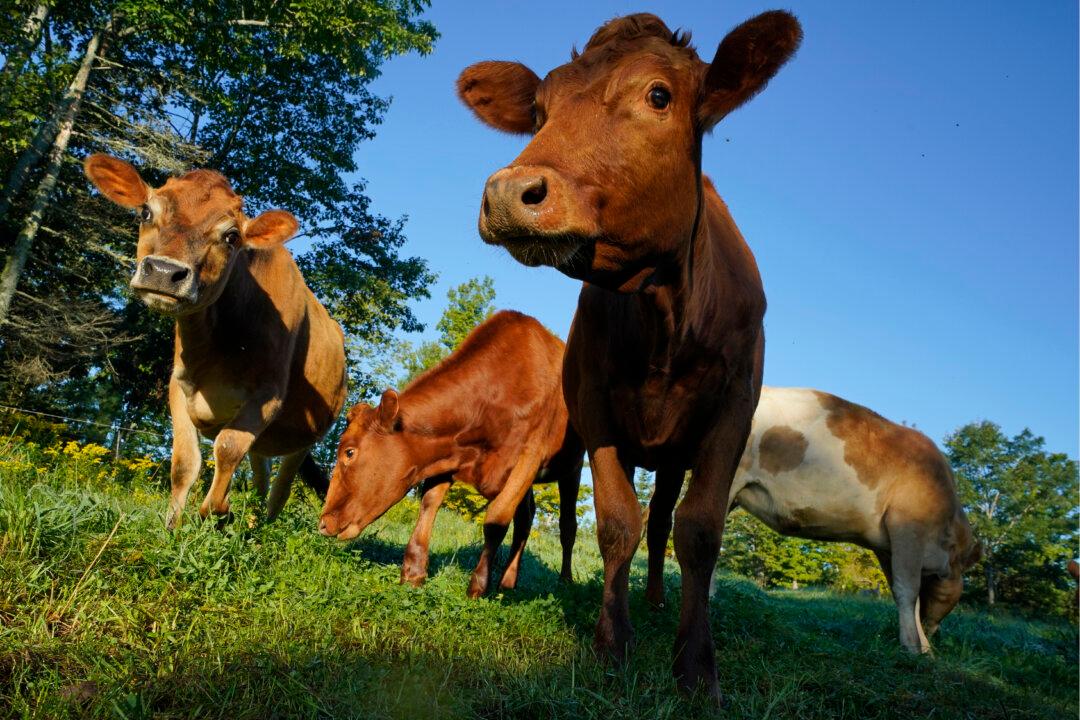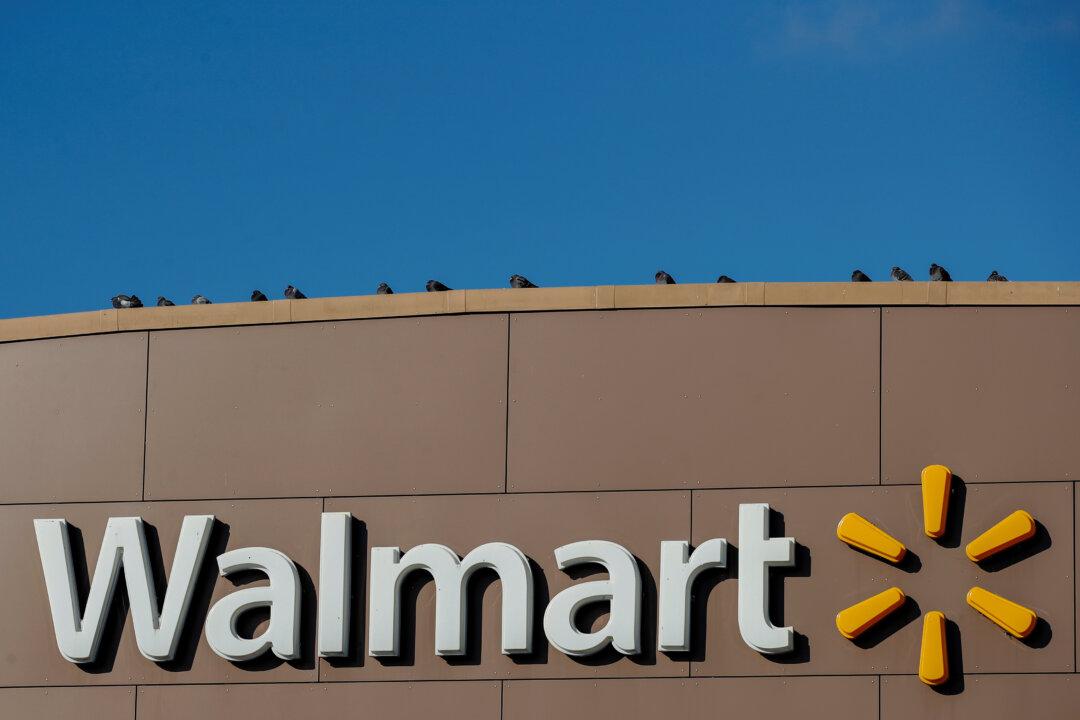The U.S. Department of Agriculture (USDA) will take steps to weed out false or misleading animal-welfare claims on meat and poultry packaging with new guidance and testing after receiving petitions challenging its existing process for not being rigorous enough, the agency announced on Wednesday.
“Consumers should be able to trust that the label claims they see on products bearing the USDA mark of inspection are truthful and accurate,” Agriculture Secretary Tom Vilsack said in a statement.




